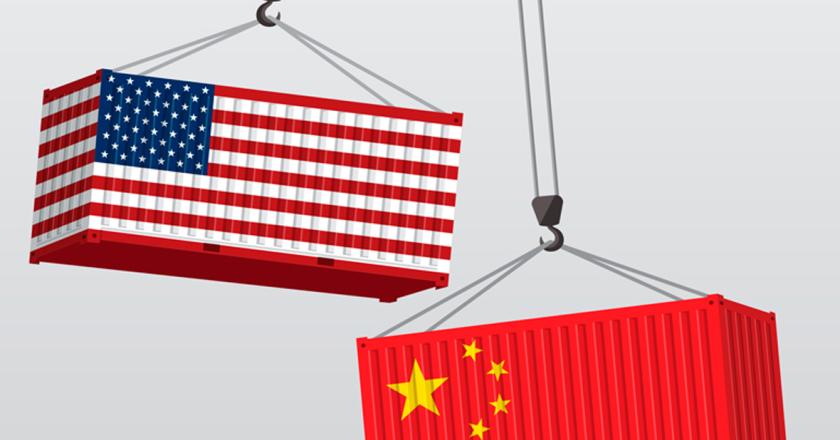Since coming into office in 2016, the Trump administration has pursued a wide variety of protectionist policies to manage and divert trade flows—such as by the imposition of tariffs and by re-writing and narrowing the scope of existing U.S. free trade agreements—that would restrict Americans’ freedom to trade and impose additional costs on goods and services.
The administration offers a variety of reasons for its trade policies, which have been aimed at both adversaries as well as longtime American trade and investment partners, but at the end of the day they can generally be summarized by one word: China.
How to Counter Unfair Trade Practices by China
Certainly, the White House is correct to be concerned about China. Since taking power in 2013, President Xi Jinping has doubled down on what he calls a policy of “socialism with Chinese characteristics for a new era.” He also has praised Karl Marx as “the greatest thinker of modern times.” In his quest for dictatorial power, Xi has abolished presidential term limits, denigrated Western values, and imposed a plethora of Soviet-style control mechanisms that are the hallmarks of a repressive police state. The Xi government has also imposed increasingly stringent limitations on the operations of American firms (e.g., U.S.-based hotels and airlines) in China that amount to harassment.
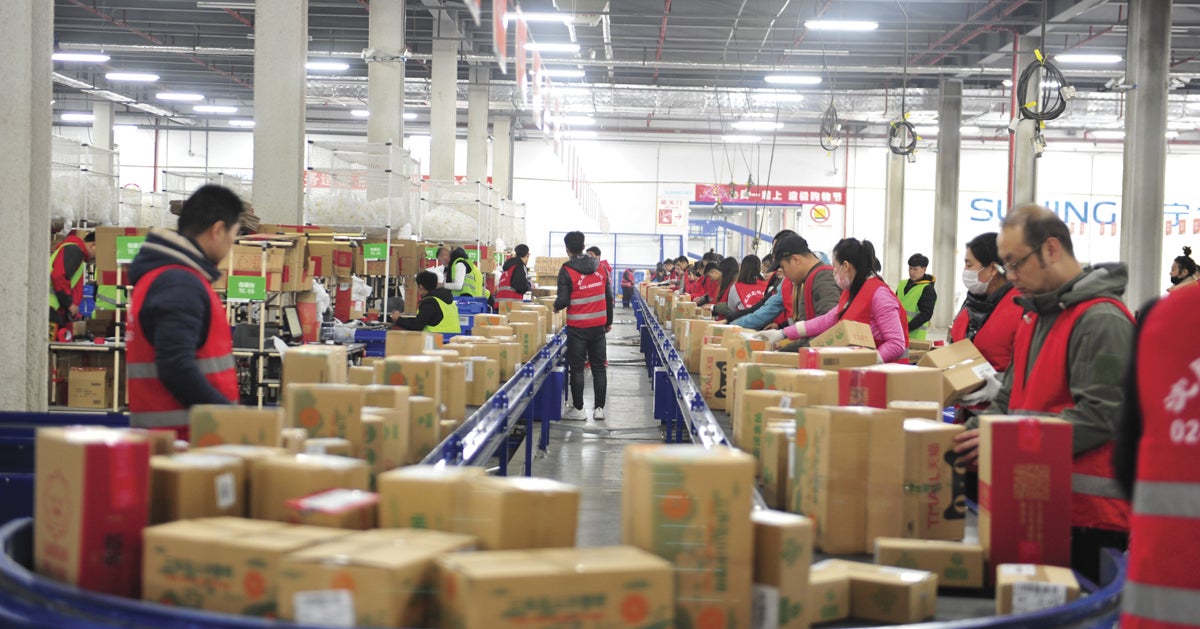 Workers sort parcels in Shenyang.
Workers sort parcels in Shenyang.
Imagine China/Newscom
Xi has promised the Chinese people that, in exchange for granting him unlimited authoritarian power, his “China 2025” program will catapult China to global leadership in the cutting-edge technologies that will define the world economy of the 21st century. These technologies include aircraft fabrication, robotics, semiconductors, electric vehicles, biotechnology, artificial intelligence, and quantum computing. One way China is trying to achieve its “2025” goals is by outright theft of U.S. intellectual property. Beijing also routinely tries to force U.S. companies to transfer valuable technology on disadvantageous terms.
Protectionist tariffs ultimately harm the U.S. economy and are paid—not by China—but by American workers, companies, and consumers themselves. Tariffs are taxes and cannot solve the longer-term problems America faces.
All of this puts China on a collision course with the United States for world leadership. That’s because Americans know that maintaining the U.S. edge in those very same high-tech sectors will determine, in part, how America’s prosperity and living standards can be preserved and expanded in the 21st century.
The question is: What policies can the United States adopt to counter these aggressive and predatory actions by China? The solution does not lie in restricting trade. Protectionist tariffs ultimately harm the U.S. economy and are paid—not by China—but by American workers, companies, and consumers themselves. Tariffs are taxes, and they cannot solve the longer-term problems America faces.
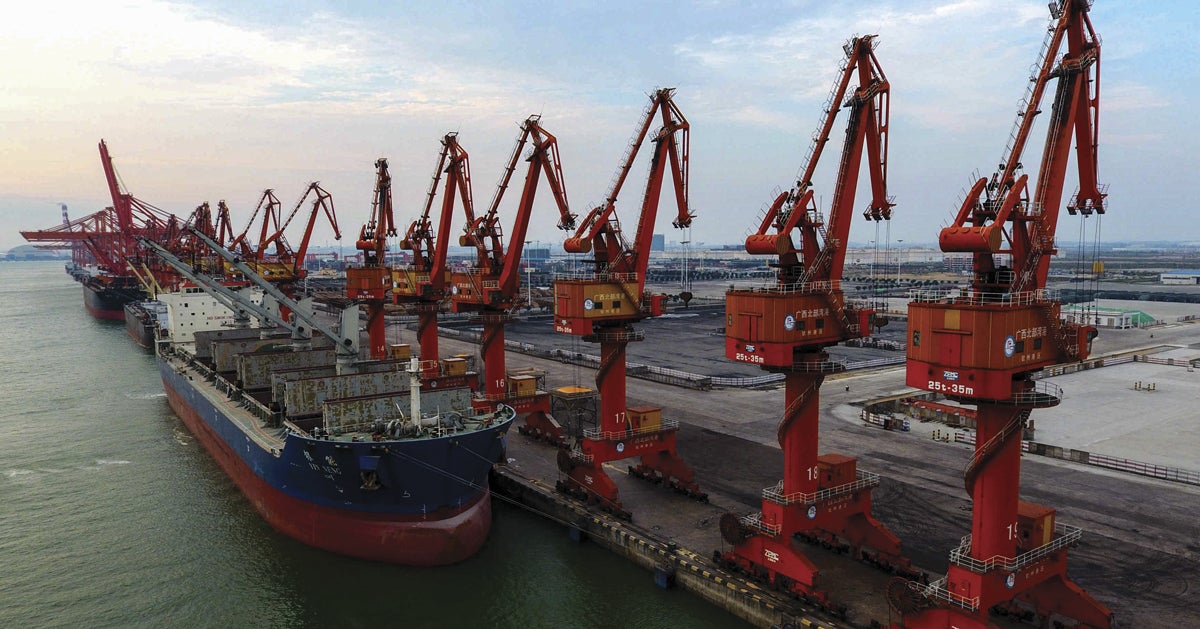 Qingzhou Free Trade Port Area handles 360 million metric tons of cargo annually.
Qingzhou Free Trade Port Area handles 360 million metric tons of cargo annually.
Huang Xiaobang Xinhua News Agency/Newscom
Trade Freedom Is Human Freedom
Over the years, the data in The Heritage Foundation’s annual Index of Economic Freedom have demonstrated time and again the importance of trade freedom to prosperity and well-being. Countries with the most trade freedom have higher per capita incomes, lower incidences of hunger, and cleaner environments.
As the Index explains, at the heart of economic freedom is individual autonomy. As Milton Friedman said, people should be “Free to Choose” when they acquire and use economic goods and resources. Individuals know their own needs and desires better than other people do, and they should have the freedom to be guided by their own philosophies and priorities rather than have them imposed by a government or technocratic elite. Self-fulfillment, independence, and self-respect flow from the ability and responsibility to take care of oneself and one’s family. These are cornerstone concepts of human dignity and equality.
Since the inception of governments, one of the most jealously guarded and oft-misused powers has been their ability to restrict citizens’ ability to interact freely as buyers or sellers in the marketplace. The Soviet Union wildly indulged in such restrictions—and that experiment didn’t go so well.
Another dramatic and relevant example can be observed in the differences between the standard of living produced by the hybrid communist system on China’s mainland and the flourishing, free-market democracy of Taiwan. According to the CIA World Factbook, China’s 2017 per capita gross domestic product was $16,700 (purchasing power parity), while that same metric for Taiwan was $50,300. Mainland China may have the world’s second largest economy due to its enormous geographical size and large population, but the standard of living there is far lower than it is in Taiwan.
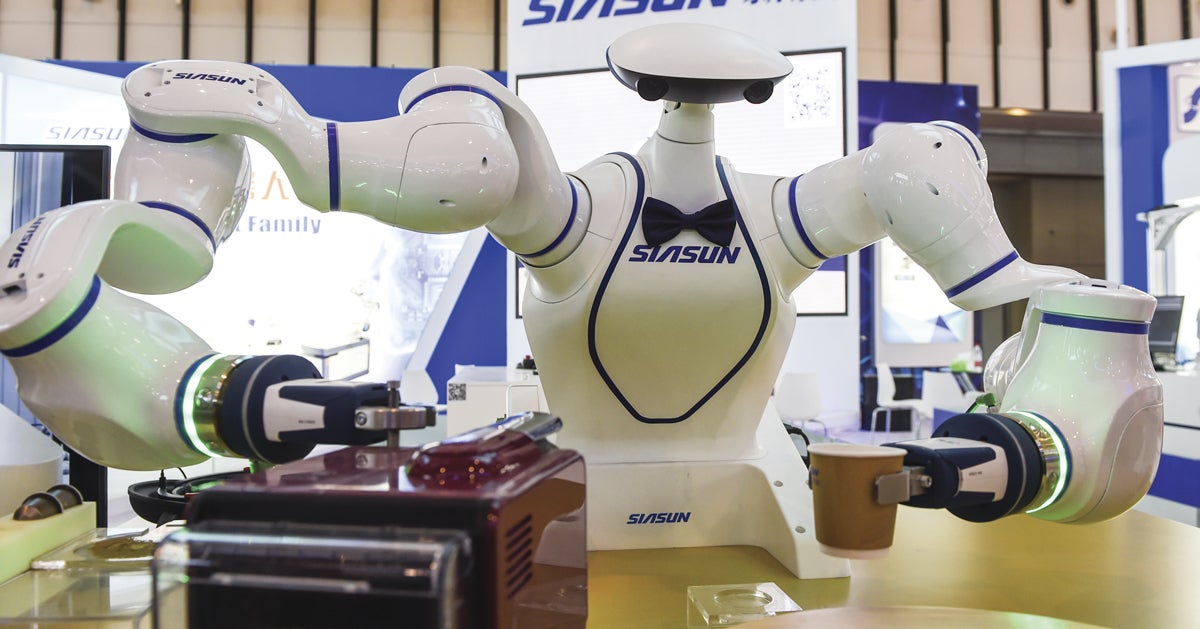 A robot makes coffee during the 2018 World Intelligent Manufacturing Summit in Nanjing.
A robot makes coffee during the 2018 World Intelligent Manufacturing Summit in Nanjing.
Li Bo Xinhua News Agency/Newscom
Free Trade Matters
Fortunately, since World War II, government barriers to global commerce have been reduced significantly. The average world tariff rate has fallen by one-third since the turn of this century alone, and now stands at less than 3 percent.
Countries scoring well in the Index on trade freedom (i.e., those with low tariffs and few non-tariff barriers) enjoy stronger economic growth. But more open trade policies do not just promote economic growth; they encourage freedom—including protection of property rights and the freedom of average people to buy what they think is best for their families, regardless of attempts by special interest groups to restrict that freedom.
Importantly, free trade lowers the cost of inputs used by U.S. manufacturers to compete in the global marketplace. In 2015, 45 percent of all U.S. imports were “intermediate goods” ranging from aircraft parts to oil to zinc. U.S. manufacturers rely on these imports to create American jobs and compete globally. Another 20 percent of imports were capital goods like machinery and manufacturing equipment. U.S. tariffs on intermediate goods also drive up the cost of manufacturing.
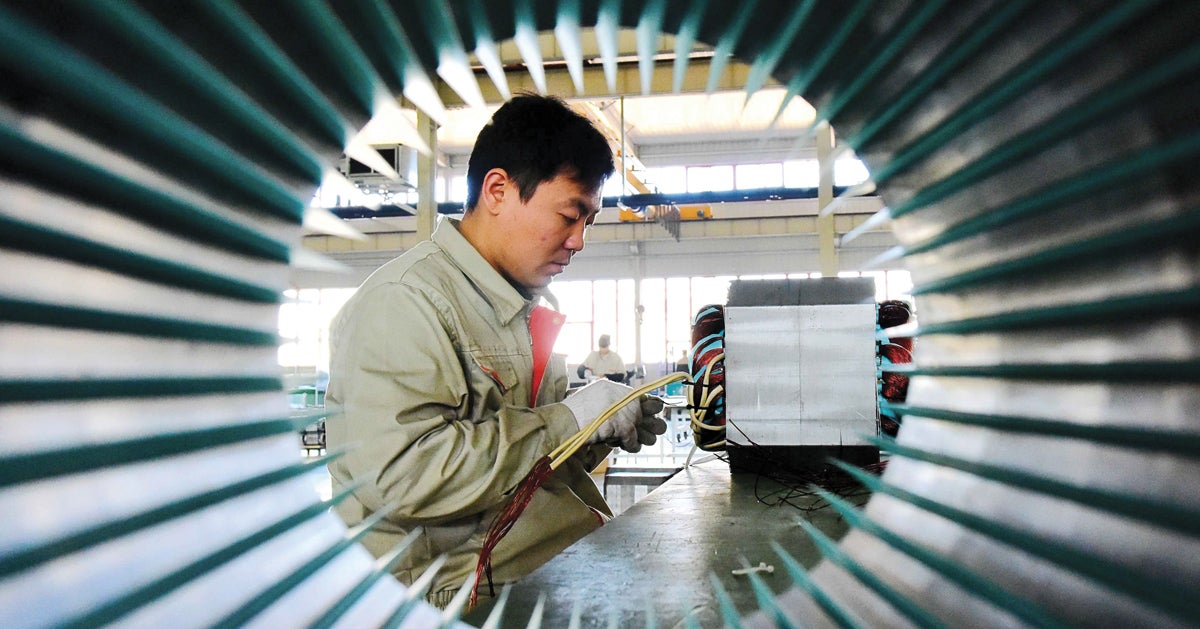 A worker assembles a product in Weifang.
A worker assembles a product in Weifang.
Wang Jilin/SIPA ASIA/Pacific Press/Newscom
Trade and Investment Freedom Go Hand-in-Hand
A protectionist trade policy is almost always tied to restrictions on free and open investment—another key indicator of economic freedom in the Index. An open investment environment provides maximum entrepreneurial opportunities and incentives for expanded economic activity, greater productivity, and job creation. The benefits of such an environment flow not only to the individual companies that take the entrepreneurial risk in expectation of greater return, but also to society as a whole. An effective investment framework is characterized by transparency and equity, supporting all types of firms rather than just large or strategically important companies, and encourages rather than discourages innovation and competition.
Restrictions on the movement of capital, both domestic and international, undermine the efficient allocation of resources and reduce productivity, distorting economic decision-making. Restrictions on cross-border trade and investment can limit both inflows and outflows of capital, thereby shrinking markets and reducing opportunities for growth.
China imposes non-transparent investment and trade barriers on foreign firms. At the national and provincial levels, the government’s regulatory systems are opaque; often the rules are available only in Chinese and can be obtained only with great difficulty. That can make it difficult and expensive for the WTO to determine if the Chinese government’s policies are discriminatory and violate WTO rules. This set up allows the Chinese government to harass and intimidate companies that want to do business in China.
The U.S. government can and should vigorously challenge China at the WTO and insist upon structural reforms to end these practices. It can do so without levying tariffs. The U.S. government can also, and has, imposed limits on Chinese investment in the United States. This summer, Congress passed the Foreign Investment Risk Review Modernization Act of 2018. The law strengthened the ability of the Committee on Foreign Investment in the United States to reduce risks to national security posed by certain types of foreign investments. Counter-intelligence efforts against China have also been ramped up. All of these actions are better than levying economically damaging tariffs.
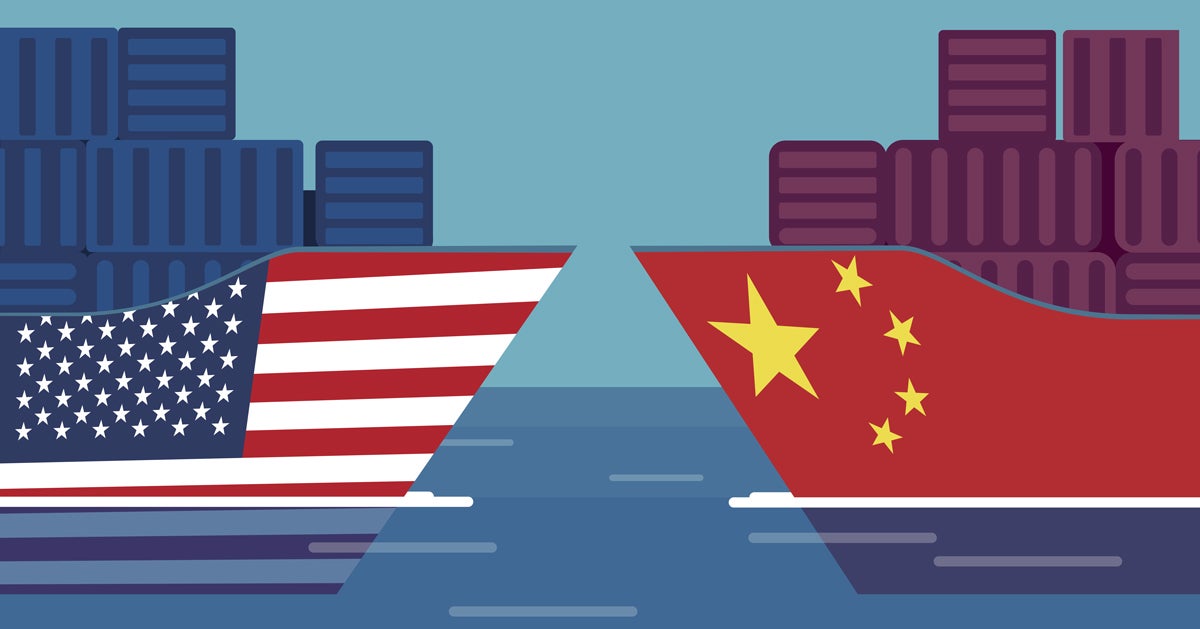 Feodora Chiosea/getty images
Feodora Chiosea/getty images
To Counter China, Put America Back onto the Path to Economic Freedom
The benefits of restrictions on trade are concentrated among producers of protected goods, while the costs are spread among consumers throughout the country. That asymmetry makes it easier for anti-free-trade interests to mobilize politically. Figuring out how to mobilize support for free trade is therefore a major political challenge.
One way to do that is to remind Americans that the U.S. trade deficit is a blessing, not a curse. In economic terminology, trade deficits are a consumption surplus that raises the standard of living for Americans. Another point to make is that that losses of manufacturing jobs in some areas of the country (e.g., the “Rust Belt”) can be explained almost entirely by changes in technology and consumer tastes, not trade. Trade remedies won’t recreate manufacturing jobs in the Midwest.
A far better approach is to boost productivity by implementing policies (e.g., school choice and other market measures) that improve workers’ education and skill sets. Reducing government regulation and taxes is also key to improving productivity and growing the economy.
Another important solution is to reduce and eventually eliminate the U.S. government’s budget deficits. Instead of blaming other countries and levying tariffs on them, the administration and Congress should tackle the bigger reason the United States has a China problem: out-of-control federal spending and borrowing. And much of the money the government borrows to finance chronic U.S. budget deficits comes from China.
Imagine if the U.S. government had a balanced budget and didn’t need to borrow billions of dollars per year from China in order to stay in business? What would China do with those billions of dollars—earned by selling products to American consumes? The Chinese would be forced to use those dollars to purchase more goods and services from American workers—that’s what would happen. And that would take the wind out of the sails of all the mercantilists and protectionists now calling for tariffs.
Manufacturing workers in the upper Midwest could go back to jobs that were created, not by tariff protections, but by revitalized supply and demand due to market forces.
Other Non-Trade U.S. Policies to Answer China’s Global Challenge
To remedy specific complaints of alleged unfair trade practices by other countries (e.g., China), the better solution is not tit-for-tat protectionist measures, but more aggressive use of existing dispute resolution systems. These systems were painstakingly built (largely by the United States) over decades at the World Trade Organization and through bilateral and multilateral U.S. free trade agreements (e.g., NAFTA). They exist for a reason. Free trade agreements include features, such as investor-state dispute settlement mechanisms, that provide a fair forum in which individual companies can seek redress for specific problems.
Washington can also bring significant pressure to bear on Beijing to eliminate many non-tariff barriers. Another good U.S. policy is the Trump administration’s current effort to push back globally against Chinese “sharp power” campaigns such as the Belt & Road Initiative (BRI), a program that the Washington-based Center for International Private Enterprise calls a premier example of “corrosive capitalism.”
Around the globe, the Chinese government has targeted geo-strategically vital chokepoints such as Sri Lanka and the Horn of Africa, for BRI loans. Often this non-transparent lending facilitates corrupt transactions both in China and in the borrowing nation. For example, China will lend a country more money than it needs at a higher-than-market interest rate for an over-priced infrastructure project constructed exclusively by Chinese workers, knowing that the country cannot afford to service the debt. Ultimately, the loan can be declared in default, and the Chinse government can seize the asset.
The better solution is not tit-for-tat protectionist measures, but more aggressive use of existing dispute resolution systems. These systems were painstakingly built (largely by the United States) over decades at the World Trade Organization and through free trade agreements such as NAFTA.
The Trump administration response to China’s BRI has been admirable, and it’s another example of a robust, non-tariff response to Chinese aggression. The U.S. State Department and other federal foreign affairs agencies have embarked on a multi-faceted campaign to educate developing countries about the many downsides of accepting these “corrosive capital” BRI loans.
Free Trade Is “Fair Trade”
The Trump administration claims its policies promote “fair trade,” but in practice, they simply redistribute income from American consumers to politically favored businesses, and increase government revenue through additional taxes (tariffs) that raise the price of goods and services. Presumably the president is pursuing his tariff policies to increase the economic well-being of Americans. While some may benefit from those policies, the costs to the majority of Americans (those who lack political clout in Washington) will be high. And history tells us that, once imposed, tariffs are very difficult to repeal because companies that benefit from them lobby Washington to keep them in place.
At the end of the day all free trade is “fair trade,” since free trade gives consumers access to the best quality goods at the lowest price, with minimal transaction costs imposed by the state.
Economic freedom is a basic right. It closely tracks the ideas of the Founders. Freedom to sell and buy without hidden or visible government interference—free trade—is vital to economic freedom. The sooner the Trump administration and Congress put America back onto the path to greater economic freedom, the better.
Mr. Roberts is research fellow for economic freedom at The Heritage Foundation.
